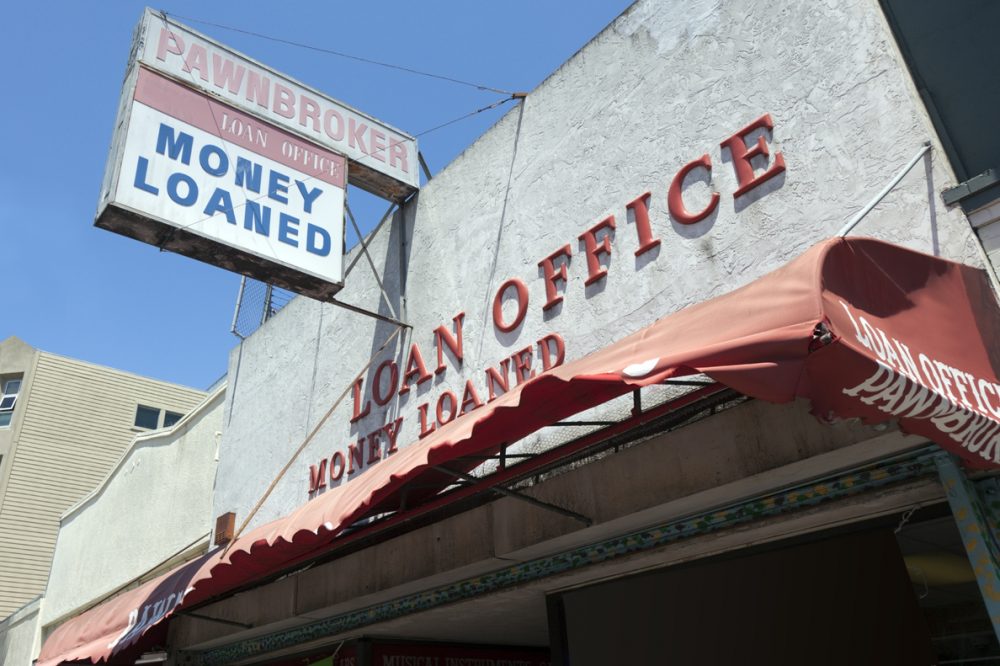The U.S. Financial Diaries (USFD) is an ambitious research project first-of-its-kind undertaken in the U.S. The project is collecting detailed financial data from more than 200 low- and moderate-income households over the course of a year.
USFD Issue Briefs focus on topics illuminated by detailed financial data as well as stories from household members.
People run their financial lives with a variety of tools. The first tools that come to mind are likely to be formal, like checking accounts and credit cards. But households often use informal tools that are harder to see from outside, like short-term loans from friends or relatives. It’s tempting to think that these informal tools are last resorts, or second-best solutions, but informal financial mechanisms are often combined with formal tools, and sometimes are preferred. Among the families in the USFD, for instance, the use of informal loans was as common as the use of alternative financial services (e.g., payday loans, pawn shop loans), though the volumes transacted informally tended to be smaller. Understanding how these informal finance tools work, and why households use them, can offer new perspectives for financial services innovators and policy makers.
Some people use informal financial services as a substitute for bank accounts and credit cards because they lack access—or believe they lack access—to quality products or because they do not trust formal options. More commonly, however, the two are complements. Households use both to balance their short-term and long-term financial needs. Informal options may offer better terms, or have other features that make them an appealing and ongoing part of the mix (see Figures 1 & 2 for comparative use of formal and informal tools).
